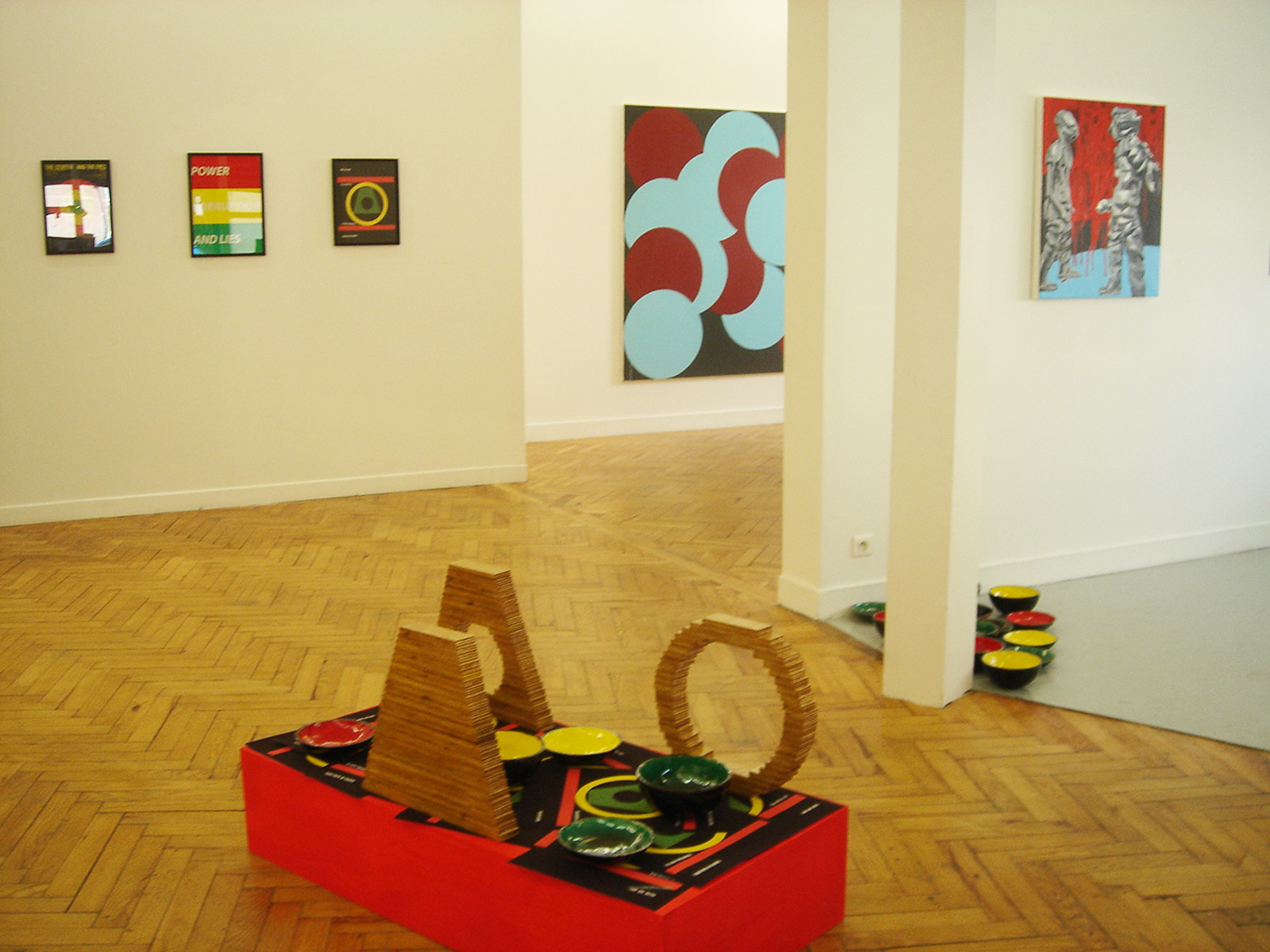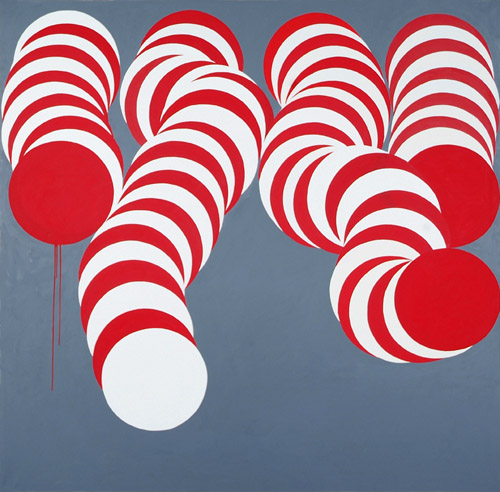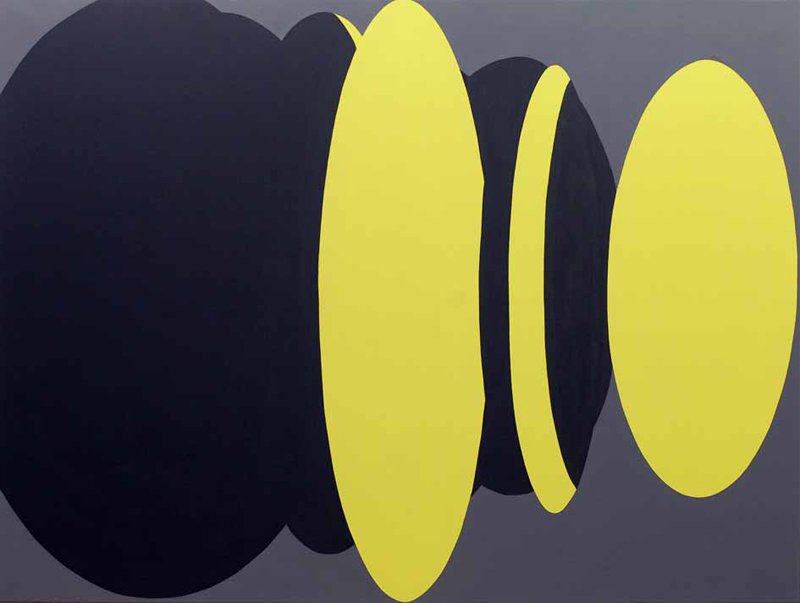

Acrylic painting on canvas

Acrylic painting on canvas

Acrylic painting on canvas

Acrylic painting on canvas

Acrylic on canvas

Installation comprenant 3 films sur moniteurs
Lili Reynaud-Dewar maintains a singular relation with the forms of art, in one sense of « hyper-personnal », with aim to produce new forms, « décadent » perhaps, come from the crossing between marginals références. Her sculpture is modelled of design, exactly the design by Memphis group and the aesthetic meeting she had with the shelves Casablanca (1981) of Ettore Sottsass.
Sculpture furniture, sculpture plinth, sculpture support, sculptural furniture, the Lili Reynaud-Dewars volumes escape still a little more their natural by building their identities in terms of mixing from entities, of disparate referents more and less heirs to the black cultures : the one of America or of Africa, their aesthetic or musical heritage, political and conceptual, corrupting and vivifying their origins. It's a free and ambivalent practice, artficial perhaps, of appropriation : a programm based on the crossing and meeting of minor and marginal sources.
Sources appropriated, usurped, indirected, restored or replayed, each element are like a satellite of the sculpture, like clue that live in the meeting with the other.
This other have multiple forms. It can be photography, vinyl disk, text, poster, ceramic, reading, music, sound, leather, wood, each time like an extension or a bubbling of the sculpture. Here, the authenticity isn't lost, she product herself like style. The palet of the sources take form on the scene of the exhibition space used like a script platform.
The modules are built by assembly of plywood boards stuck, varnished or burned with the blowtorch. Its volumes are modules of simple and elementary forms, the equivalent of ideograms tested in their reduction of size or of form. During the exhibition to the gallery Cortex Athletico she presents Chapel of love and loathing in Lost Vagueness, the original piece who knew misadventures or deviance in Little queen Miss off Darkness and Queen Mother Nanny of the Mountains, or of the forms of atrophy in There's a Roit going on.
Reductions, ceramics and posters with the colors yellow, green and red, in their turn are borrowed by Franck Eon in a device in the shape of flag for three monitors where it utilizes once again Professor of sociology that John Currin paints in 1999. Crossed popular iconography of minimal invoice whose "paste" is secondary, the painting of repertory of Franck Eon goes away the new one to take again stories of its own medium. Except in this last exhibition, new thing, he borrows the history of the sculpture while making coexist, in a format of the rest type, a work of Anita Molinero and Geister of Thomas Schütte of which he take the tittle for a portrait of Derrick subtitles Young Derrick with the turban.